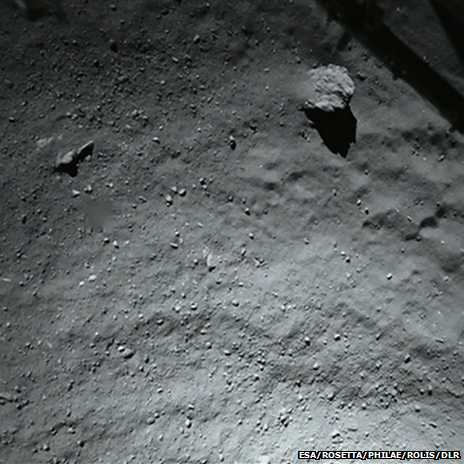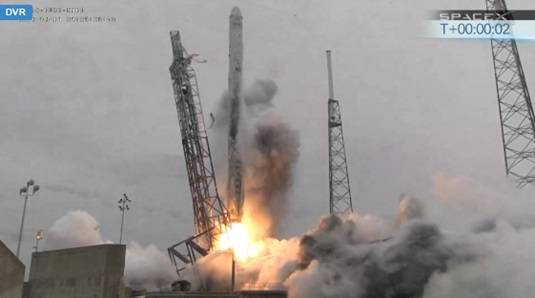Colby Cosh on the real significance of the private space companies’ successes:
The science fiction authors who originally imagined spaceflight thought it would be classically capitalistic in nature — a Wild West of chancers, gold-diggers, outlaws, and even slave-traders transposed to the skies. It ended up, in its first incarnation, being a government program. This had the merit of showing that some impossible technical problems could be solved if you threw near-infinite resources and human lives at them. But the money and will ran out before NASA got around to figuring out how to make orbital spaceflight truly routine. Reusable rockets are the important first step that NASA didn’t have time to try in the Golden Age, under the pressure of a “space race” between governments.
Musk and Bezos are trying, I think very consciously, to revive the public interest and inspiration that this race narrative once brought. When SpaceX stuck its landing this week, having previously had a couple of flops, Bezos tweeted “Welcome to the club!” Musk will not mind the cheap shot too much. Bezos is doing him a favour by making a game of it.
It is hard for us to feel passion about accounting, even when “accounting” translates to cheaper satellite technology that means subtle advances in science and cost cuts in earthbound communications tech. Anything you can turn into a mere clash of personalities will get the attention of journalists and readers more readily. Musk and Bezos are exploiting their position as two of the great stage characters of our day.
The benefit they’re really going for is to bring a slightly larger margin of the human neighbourhood within reach for spaceships assembled on orbital platforms — the only practical kind of spaceship, as it seems to have turned out. Routine orbital access means affordable space tourism; it means possible Mars missions predicated on traditional exploration/adventure motives; it means deeper scientific scrutiny and even commercial study of the Moon, the asteroids, perhaps the inner planets. It means space stations that aren’t just for handpicked careerist supermen.
It means — well, we don’t know, from this side of the future, what it means. Some grade-three kid out there may already have a “killer app” for reusable rockets that nobody has considered yet. (If the cost comes down far enough, are we certain rockets won’t re-emerge as a possibility for long-haul terrestrial travel? That’s another assumption of early SF we have discarded, perhaps carelessly!) But it is probably a good guess that the balletic SpaceX triumph will turn out, after the fact, to have been one of the biggest stories of 2015.






